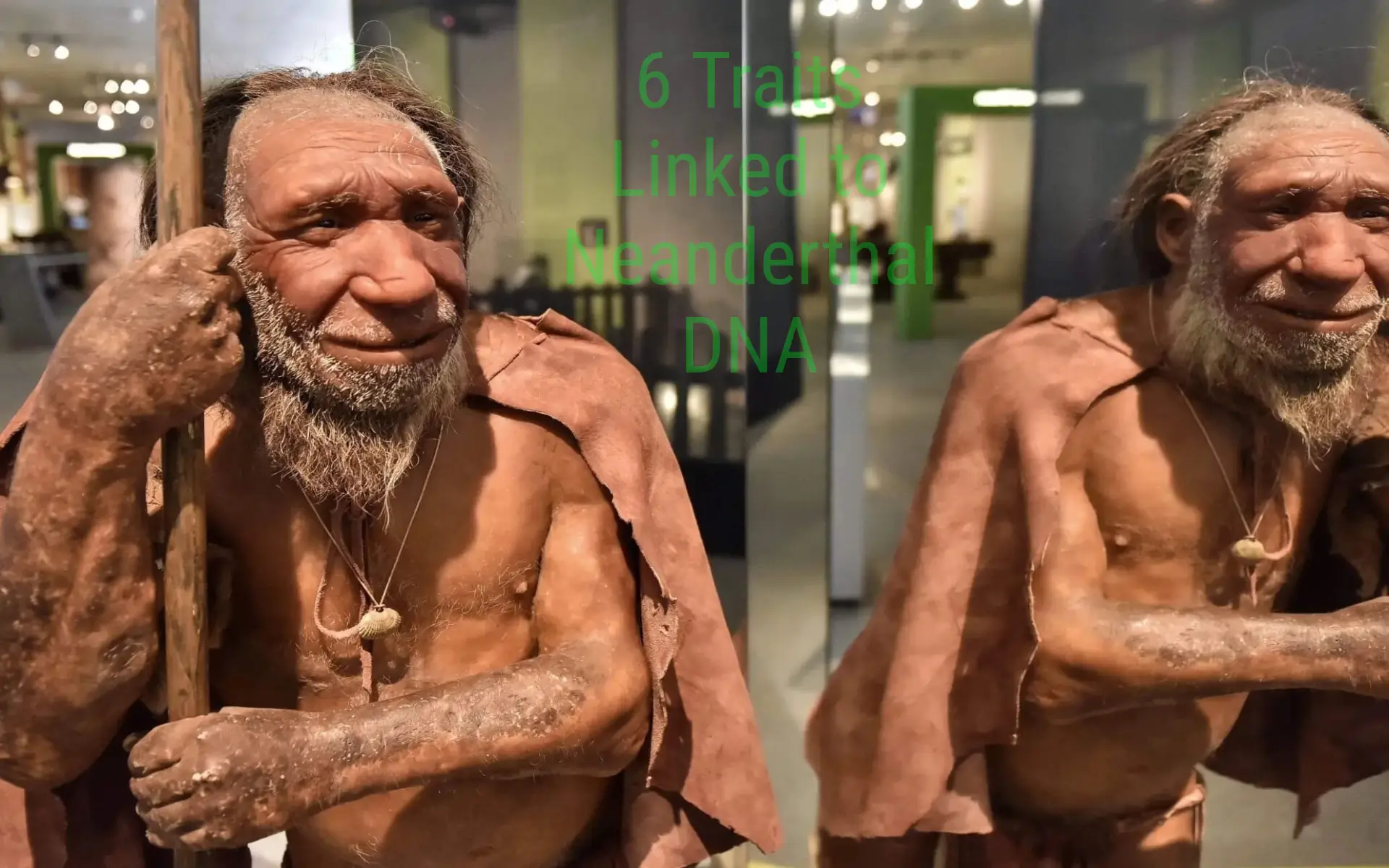
Neanderthals, the ancient human relatives, have long been depicted as primitive and unsophisticated beings. However, recent evidence challenges this notion and suggests that Neanderthals were just as capable as Homo sapiens. In fact, there was even interbreeding between Neanderthals and Homo sapiens, leading to the presence of Neanderthal DNA in some modern humans.
One surprising trait associated with Neanderthal DNA is an increased susceptibility to nicotine addiction. Studies suggest that individuals with Neanderthal ancestry may have a slightly higher risk of nicotine dependence. Although tobacco did not become popular in Europe until much later, the introduction of genetic variations from Neanderthals may have had negative consequences on the complex human brain. Corinne Simonti, a doctoral student at Vanderbilt University, suggests that these changes from a different evolutionary path could have adverse effects on addictive behaviors.
Another intriguing link between Neanderthal DNA and modern humans is observed in variations in hair characteristics. People with Neanderthal ancestry may exhibit slightly thicker or straighter hair compared to those without. Additionally, studies have shown a higher frequency of a genetic variant associated with red hair among Neanderthals. The presence of these hair-related traits provides a fascinating connection to our prehistoric cousins and highlights the genetic influences that have shaped our physical appearance.
Neanderthal DNA may also influence our circadian rhythms and sleep patterns. This connection could be influenced by various factors such as climate, social dynamics, and light exposure. Research suggests that Neanderthals dwelling in Eurasia experienced more seasonal variation, leading to adaptations in their internal biological clocks. As a result, individuals with Neanderthal ancestry may experience variations in their sleep-wake cycles, potentially reflecting the influence of their ancient genetic heritage.
READ ALSO:ULA Vulcan Rocket Mission: Exploring the Moon’s Surface
A study conducted by University College London reveals a fascinating association between Neanderthal DNA and nasal structure. Researchers have discovered that a gene inherited from Neanderthals contributes to a taller nose, extending from the top to the bottom. This unique nasal structure may have played a role in helping our ancestors adapt to colder climates as they migrated out of Africa. The shape of our noses has long been speculated to be influenced by natural selection, and this gene inherited from Neanderthals provides further evidence for this hypothesis.
In recent times, the world has been grappling with the COVID-19 pandemic. Astonishingly, researchers have found that individuals with Neanderthal DNA are more susceptible to developing severe cases of the disease. Mutations in a genomic segment inherited from Neanderthals, located on chromosome 3, have been linked to an increased risk of experiencing worse symptoms. This genetic legacy serves as a reminder of the intricate connections between our ancient ancestors and modern health concerns.
Neanderthal DNA has also been associated with variations in skin tones. Individuals with Neanderthal ancestry may tend towards lighter or darker skin tones, reflecting adaptations to different climates. Some alleles associated with lighter skin tones, inherited from Neanderthals, may have provided increased resistance to UV light in regions with lower sunlight intensity. This genetic influence on skin pigmentation sheds light on the diverse range of physical appearances among modern humans.
While the presence of Neanderthal DNA in modern humans is relatively small, these genetic influences provide valuable insights into our shared ancestry. The traits and behaviors linked to Neanderthal DNA, such as nicotine addiction, hair characteristics, sleep patterns, nasal structure, susceptibility to COVID-19, and skin tones, serve as reminders of the complex tapestry that makes each person unique. Our ancient relatives, the Neanderthals, may have vanished from the Earth thousands of years ago, but their genetic legacy lives on, woven into the very fabric of our being.
